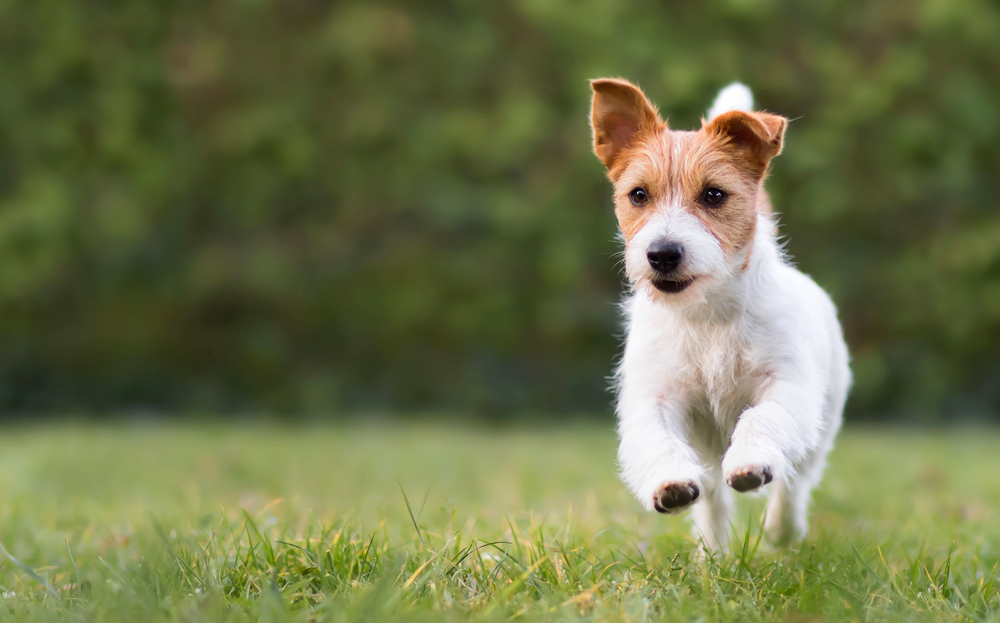Many people are passionate about both their pets and their property, and one theme where they sometimes converge is within your garden. There are many ways to achieve a pet-friendly garden that will both look and function optimally — as long as you have the right simple concepts in mind, that is.
At Millcreek Gardens, we’re happy to offer a huge range of gardening products and services to clients throughout Salt Lake City, from simple gardening tools to pest prevention products, soil and soil conditioners, and more. We also provide simple expertise on several possible gardening needs or themes, including how to set up and maintain a garden that’s friendly and conducive to any pets who live on your property. This two-part blog series will look over several tips for approaching this theme.

Dog-Friendly Plants
First and foremost, there are a number of different plants that are completely healthy to dogs, and will not raise any toxicity or risks if your pet happens to consume them. This is good news for gardeners who want a pet-friendly space that’s also aesthetically pleasing; you don’t have to worry about making too many concessions in terms of what plants you can or cannot include.
The list of plants to avoid in this realm includes monkshood, buttercup, daffodil, foxglove, anything in the lily family and a few others — being aware of these can help you to avoid any accidental poisonings. But there are many, many plants that are safe for dogs and won’t cause them any harm if ingested, including impatiens, rosemary, petunias, daisies and more.
Use Chemicals Sparingly
Because dogs and other pets will commonly eat grass or other plants within your garden, it’s important to be judicious about the chemicals you use, if any. Dogs are more susceptible than humans to the effects of herbicides and pesticides, so even products that are labeled as safe for humans can pose a serious threat if used too frequently or in high concentrations.
The best rule of thumb is to either avoid using these chemicals altogether, or to use them in such a way that your pets will not have direct exposure. For example, you might apply herbicide before your dog has access to the garden, giving it time to dissipate before they’re able to come into contact with the plants.
Fences and Boundaries
For those who want to be able to leave dogs and other pets in the yard without worrying about them running away or getting into something they’re not supposed to, it’s important to set up some clear boundaries. This usually means installing a fence that’s tall enough and secure enough that your pet cannot escape.
Of course, this isn’t always possible or practical, depending on the size and layout of your property. In this case, you’ll need to get creative, using things like landscaping features, garden gnomes or other lawn decorations to serve as a physical boundary that your pet will understand not to cross. Obviously, proper training of pets is essential to make any of these efforts successful.
You might also consider using an invisible fence, which uses radio waves to create an invisible boundary that will cause a mild shock if crossed. These can be effective, but they also require special training and conditioning for the animal.
In part two of our series, we’ll go over some further themes here. For more on a pet-friendly garden, or to learn about any of our nursery or garden center services for clients throughout SLC, speak to our team at Millcreek Gardens today.


